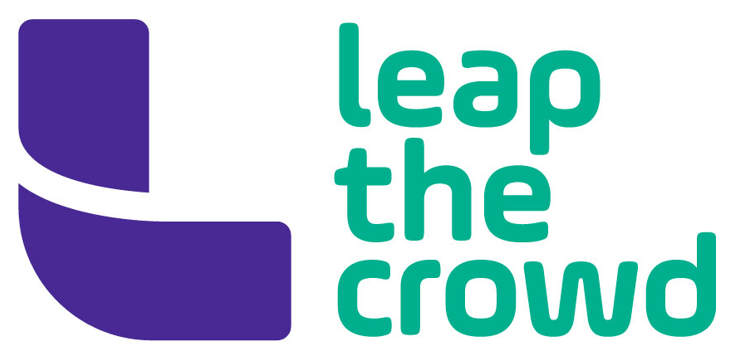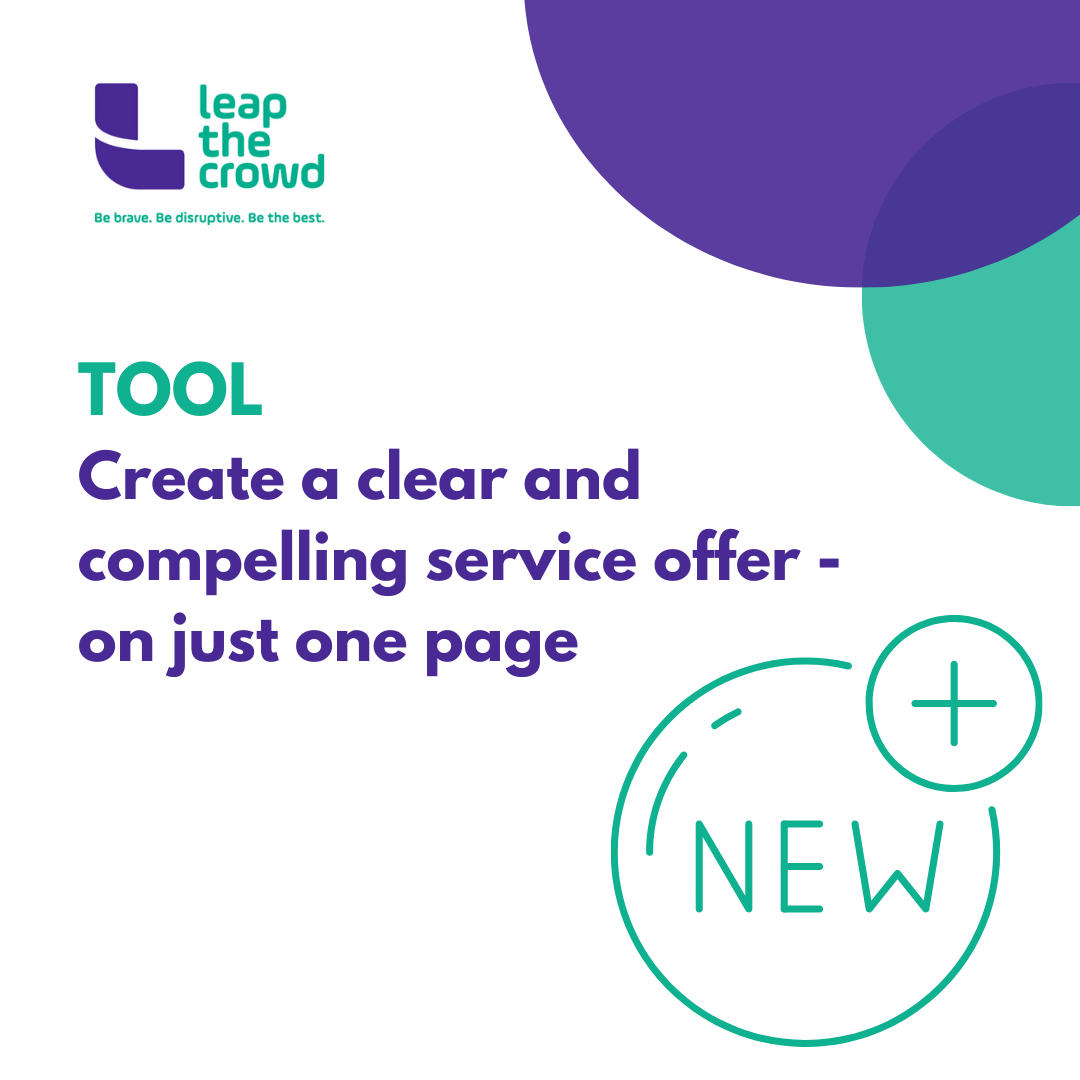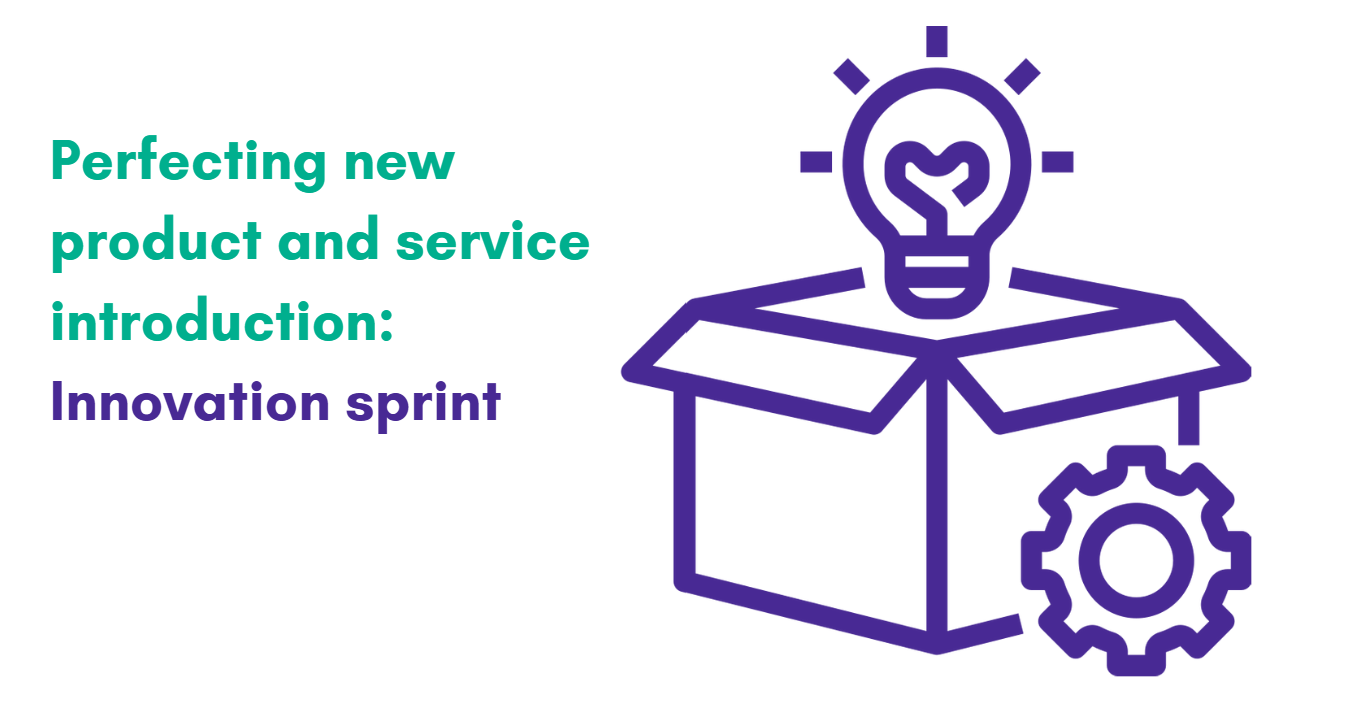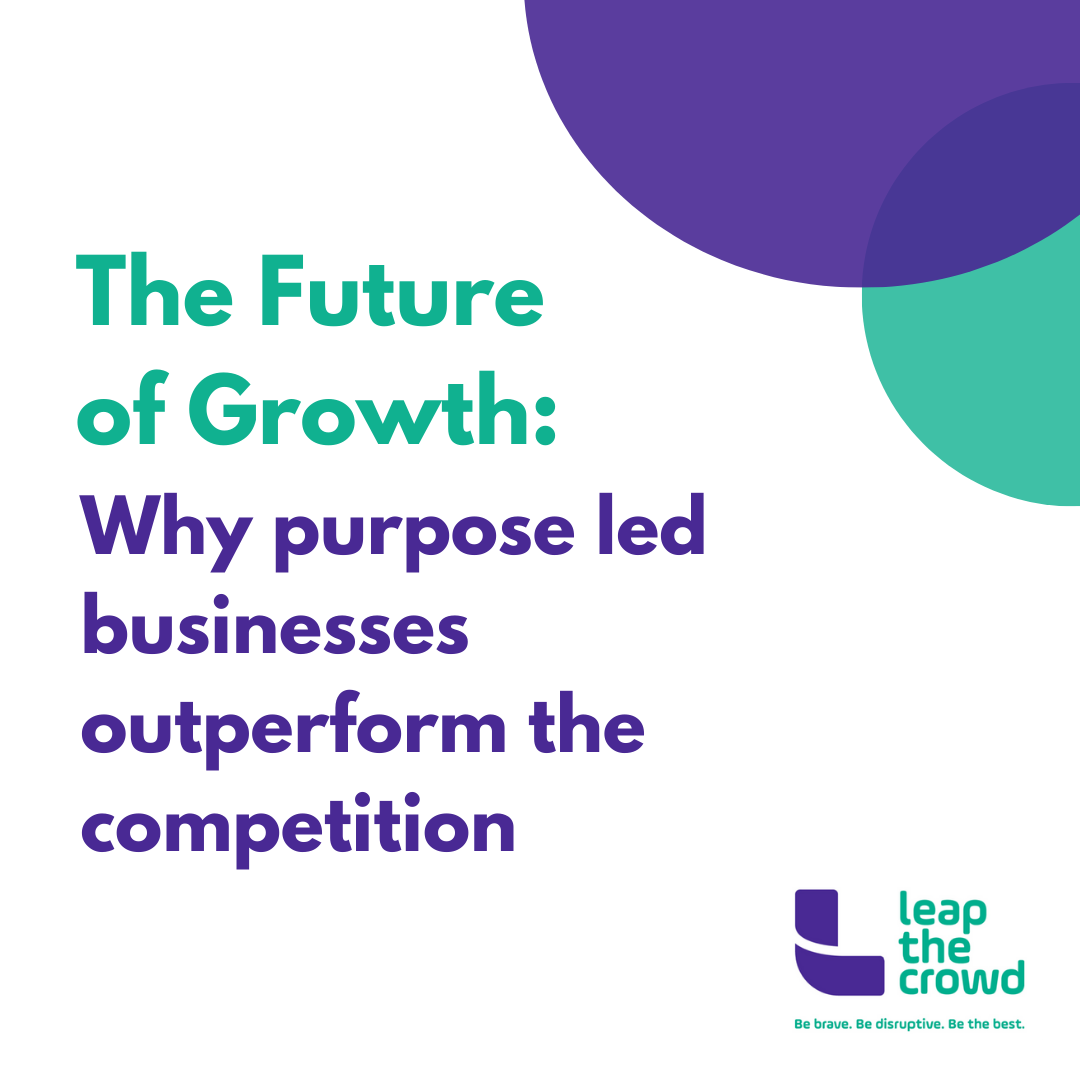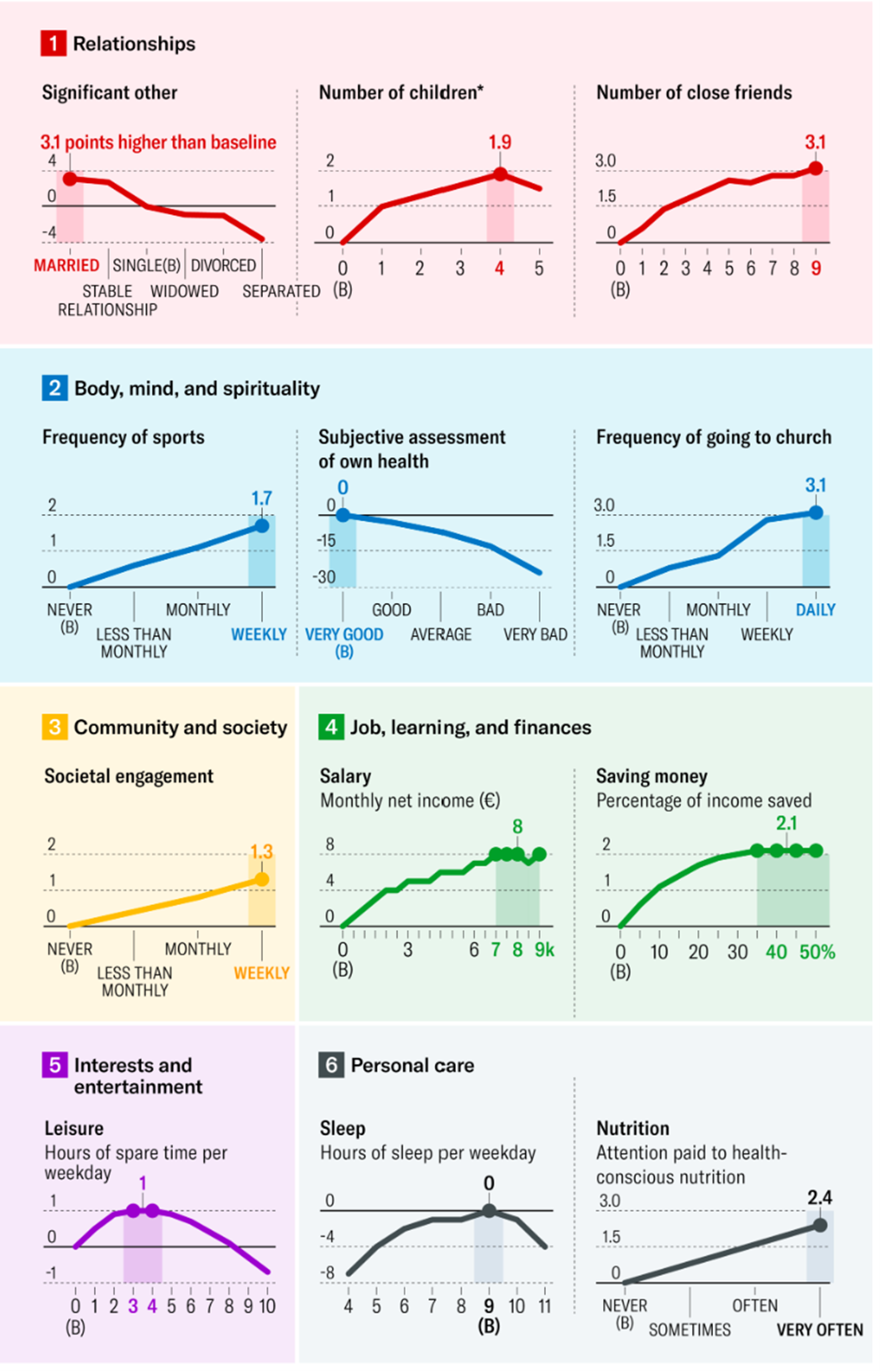A framework for effective coaching
The GROW Coaching Model is one of the most widely used coaching frameworks, providing a structured yet flexible approach to goal setting, problem solving, and personal development. Originally developed by Sir John Whitmore in the 1980s, the model has been successfully applied in leadership development, executive coaching, and performance improvement across various industries.
The GROW model is built on four key stages:
- Goal – Define the desired outcome.
- Reality – Understand the current situation.
- Options – Explore potential solutions.
- Will (or Way Forward) – Commit to action and accountability.
By following this structured process, the GROW model helps individuals and teams gain clarity, develop actionable strategies, and stay accountable, leading to improved performance and long term success.
When & where to use the GROW coaching model
The GROW model is highly versatile and can be applied in various contexts:
- Personal development – Helping individuals achieve personal and professional growth.
- Leadership coaching – Supporting managers in developing leadership skills.
- Team performance improvement – Enhancing collaboration and effectiveness.
- Career planning – Assisting individuals in setting and achieving career goals.
- Problem solving & decision making – Providing clarity and structured thinking.
It is particularly useful for coaches, mentors, leaders, and HR professionals looking to guide others toward meaningful progress.
Benefits of the GROW coaching model
- Encourages self reflection – Helps individuals gain deeper insights into their goals and challenges.
- Enhances problem solving skills – Encourages exploration of multiple options.
- Provides a structured framework – Ensures conversations remain focused and productive.
- Promotes accountability – Encourages commitment to action.
- Can be applied in any coaching situation – Adaptable to different coaching styles and objectives.
Step-by-step guide to using the GROW coaching model
Step 1: Goal – defining the desired outcome
Goal: Establish a clear and specific objective for the coaching session or process.
Activities:
- Ask the coachee what they want to achieve.
- Define the goal using the SMART framework (Specific, Measurable, Achievable, Relevant, Time-bound).
- Ensure the goal aligns with long term aspirations and values.
- Set both short term and long term objectives if necessary.
Key Questions:
- What do you want to achieve?
- What would success look like?
- How will you measure progress?
Kill signal: If the goal is too vague or unrealistic, refine it before proceeding.
Step 2: Reality – understanding the current situation
Goal: Gain a clear understanding of the coachee’s current situation, obstacles, and challenges.
Activities:
- Encourage honest self reflection.
- Identify any barriers or limitations preventing progress.
- Explore past experiences and lessons learned.
- Assess existing skills, resources, and support systems.
Key Questions:
- Where are you now in relation to your goal?
- What challenges are you facing?
- What has worked (or not worked) in the past?
Kill signal: If the coachee doesn’t acknowledge key obstacles, encourage deeper reflection before moving forward.
Step 3: Options – exploring possible solutions
Goal: Identify multiple strategies and pathways to achieve the goal.
Activities:
- Use brainstorming techniques to generate ideas.
- Explore alternative approaches and perspectives.
- Encourage creative thinking and challenge limiting beliefs.
- Weigh the pros and cons of different options.
Key Questions:
- What possible solutions could help you reach your goal?
- What resources or support could you leverage?
- If there were no constraints, what would you do?
Kill Signal: If the coachee focuses only on obstacles and limitations, encourage them to reframe challenges as opportunities.
Step 4: Will (or way forward) – committing to action
Goal: Develop a concrete action plan and establish accountability.
Activities:
- Set clear, actionable next steps.
- Establish a timeline for execution.
- Identify potential obstacles and contingency plans.
- Define how progress will be tracked and measured.
- Create a system for accountability (e.g., follow-up meetings, progress check-ins).
Key Questions:
- What actions will you take next?
- When will you complete each step?
- How will you stay accountable?
- What support do you need to stay on track?
Kill Signal: If the coachee isn’t fully committed to taking action, explore what’s holding them back and address concerns.
Final thoughts: Unlocking potential through coaching
The GROW coaching model is a powerful yet simple framework that empowers individuals to take ownership of their growth and success. By guiding coachees through:
- Defining clear goals (Goal)
- Understanding current challenges (Reality)
- Exploring creative solutions (Options)
- Committing to action (Will/Way Forward)
Coaches and leaders can help others unlock their full potential, make better decisions, and drive meaningful progress.

